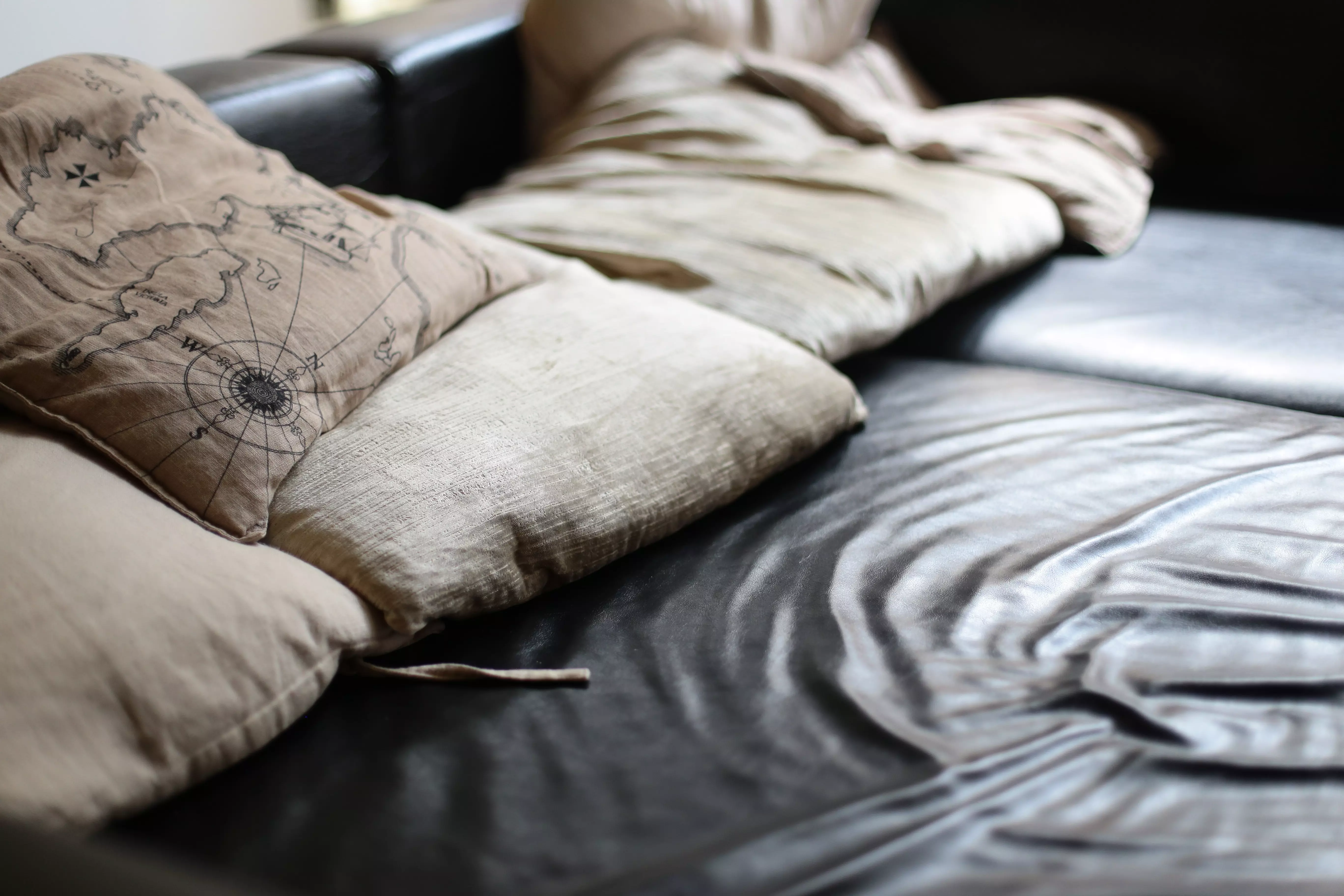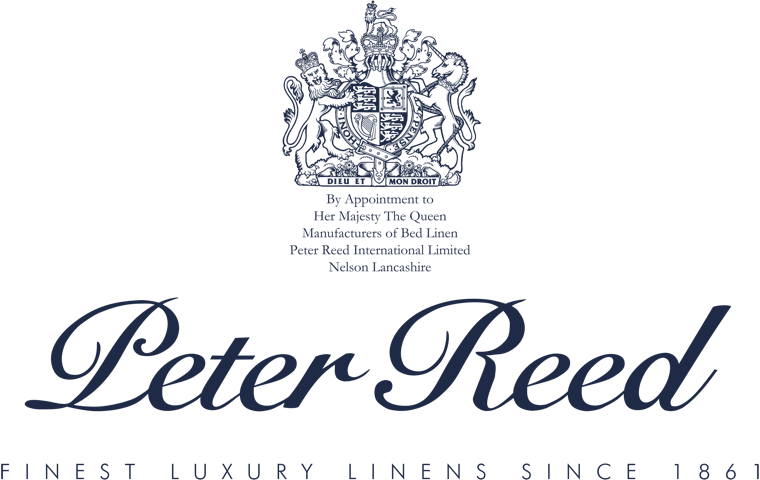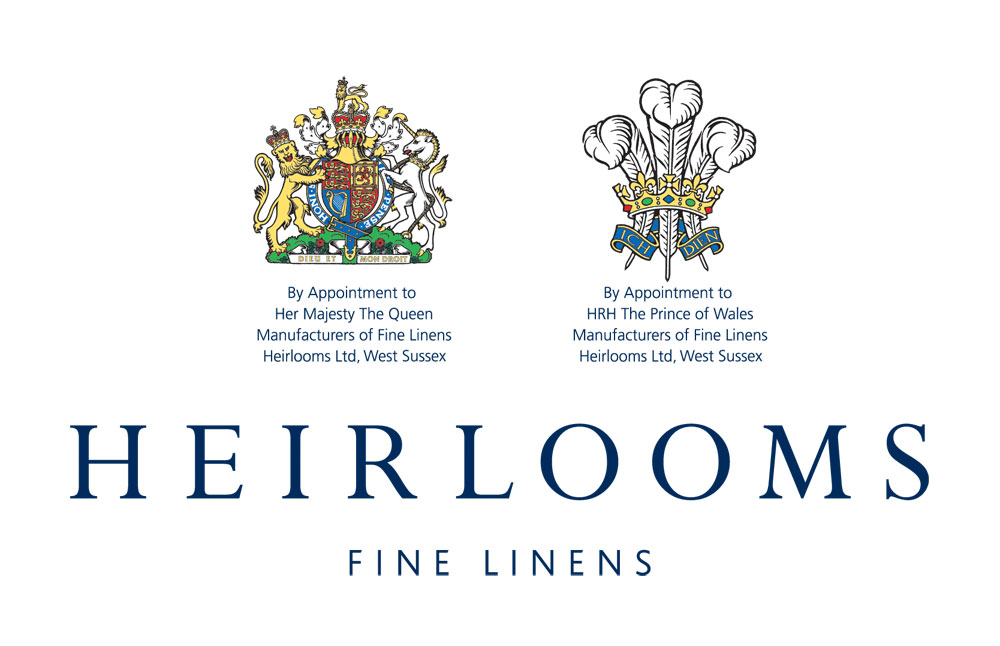Summary
to understand this market
Detailed content
 Inforamtion
Inforamtion
- Number of pages : 30 pages
- Format : Digital and PDF versions
- Last update : 03/06/2022
 Summary and extracts
Summary and extracts
1 Market overview
1.1 Definition and presentation
Household linen refers to all fabrics for domestic use. They can be segmented into six product types:
- Bed linen ;
- Bedding ;
- Bathroom linen ;
- Table linen;
- Kitchen linen;
- Textile decoration.
The high-end bed linen market is set for further growth as consumers become more aware of the impact of sleep quality on their daily lives. The main drivers of the global high-end bed linen market are increasing consumer spending on interior decoration, and innovation in the fabrics used, such ascotton and Egyptian silk. In Europe, the UK saw the strongest growth between 2007 and 2016, with an average annual growth rate of 3.5% over the period.
Once the preserve of specialist stores, the distribution of household linen such as toiletries and table linen is now multi-channel. While supermarket chains offering their own brands have made significant progress, distance selling remains high thanks to the expansion of e-commerce. UK market players include Peter Reed and Heirlooms.
1.2 A growing global high-end market
The global linen market is valued at $***.* billion in ****, and is expected to reach $***.** billion by ****. It is one of the most profitable markets in the global textile industry. [***]
Linen market size and forecasts World, ****-****, in billions of US dollars Source: ****
Asia-Pacific is emerging as the market leader, far ahead ...
1.3 The UK market
As we saw in the previous section, Europe accounted for around **% of the global bed linen market. However, according to Globenewswire, the UK accounts for **% of European bed linen consumption. We had also seen that this is the largest segment of the overall linen market, which allows us to hypothesize that ...
1.4 International trade
The following graph shows that the UK is a major importer of household linen, with the annual volume of exports well below that of imports.
Despite a sharp drop in imports in ****, **** was marked by a higher volume of imports than in the years preceding the health crisis, with a decline ...
2 Demand analysis
2.1 Observing household spending in the UK
The Office for National Statistics lists household linen in the category of household goods and services. Household textiles account for less than *% of weekly household expenditure in the UK.
Average weekly expenditure by British households on household goods and services United Kingdom, ****, in percent Source: ****
Trend in total weekly household linen ...
2.2 British preferences
It is possible to analyze British preferences in terms of household linen by looking at the details of British imports.
As we saw in section *.*, bed linen accounts for the majority of these imports, which are mainly made up of bedding in cotton or man-made fibers.
Bed linen materials imported by ...
2.3 Hotels: a key driver of demand
Professional sectors concerned
The renewal of household linen is an unavoidable expense for professionals in the hotel, restaurant, healthcare and retirement home sectors, because of the impeccable hygiene conditions required.
This is why all these sectors are essential outlets for the home textiles industry, while also ensuring a certain stability over ...
2.4 The importance of well-being at home amplified by the health crisis
The British household linen market is linked to the interior decoration market, which has undergone changes partly due to the health crisis.
By the end of ****, almost a year after the start of the crisis, the following trends were already observable, mainly linked to the fact that the population as a ...
3 Market structure
3.1 Key market players
Bedding is the heart of the household linen market, and the high-end segment is dominated by players who are often long-established and internationally recognized for their expertise, and who are mostly from France or Italy. The following list provides an overview:
Frette Jesurum D. Porthault Venice Home Collection Gayle Warwick Yves ...
3.2 Materials and fabrics used in high-end bedding
Materials
Cotton is the oldest and most widely used natural fiber. It is grown in the tropical and subtropical regions of North, Central and South America, Egypt and India. Cotton fiber, composed mainly of cellulose, grows around the plant's seeds and is harvested for spinning into yarn. The highly durable nature ...
3.3 Materials and fabrics used for high-end towels
Materials
Luxury bath towels are mostly made from natural fabrics: cotton, bamboo, other plant fibers or even wool. In addition to being naturally absorbent, these fabrics are generally durable and environmentally friendly, unlike towels made from polyester or petroleum-derived microfibers.
Cotton is by far the most popular fabric for bath towels, ...
3.4 Growth in synthetic fibers
There are different types of linen fabrics. Fabric refers to the supple surface obtained by assembling interwoven and woven threads. The yarns themselves are produced from natural, synthetic or man-made fibers. Global production of textile fibers of all types reached *** million tons in ****. [***]
Share of textile fibers in global production, by ...
4 Offer analysis
4.1 Offer typology
Household linen can be segmented into six product types:
Bed linen: sheets, comforter covers, pillowcases; Bedding: comforters, pillows, plaids, blankets, bedspreads, eiderdowns, etc. ; Bathroom linen: towels, gloves, bathrobes; Table linen: tablecloths, napkins; Kitchen linen: tea towels, hand towels; Textile decoration: upholstery fabrics, curtains, net curtains.
As we have seen from our ...
4.2 Price overview
Data from the Office for National Statistics allow us to observe the evolution of consumer price indices in the UK for household linen. Compared with general UK inflation, linen prices have risen less sharply, and even fell in some years of the previous decade.
UK consumer price index for household linen United ...
5 Regulations
5.1 Anti-inflammation standards
The relevant British Standard covering the ignition resistance of mattresses, mattress pads, divans and box springs is BS ****:****+A*:****.BS **** defines a mattress protector (***), pillowcases, curtains or carpets. However, it is important to note that these products are covered by the General Product Safety Regulations ****, under which it is an offence ...
6 Positioning the players
6.1 Segmentation
- Peter Reed
- Heirlooms
- Abyss & Habidecor
- Graccioza
- Harrods
 List of charts
List of charts
- Linen market size and forecasts
- Global linen market size, by region
- World market for household linen, by product category
- Share of household linen sales by value, by product type
- Size of the global high-end bedding market
All our studies are available online in PDF format
Take a look at an example of our research on another market!
Companies quoted in this study
This study contains a complete overview of the companies in the market, with the latest figures and news for each company. :
 Choosing this study means :
Choosing this study means :
Access to more than 35 hours of work
Our studies are the result of over 35 hours of research and analysis. Using our studies allows you to devote more time and added value to your projects.
Benefit from 6 years' experience and over 1,500 industry reports already produced
Our expertise enables us to produce comprehensive studies in all sectors, including niche and emerging markets.
Our know-how and methodology enable us to produce reports that offer unique value for money.
Access to several thousand articles and paid-for data
Businesscoot has access to all the paid economic press as well as exclusive databases to carry out its market research (over 30,000 articles and private sources).
To enhance our research, our analysts also use web indicators (semrush, trends, etc.) to identify market trends and company strategies. (Consult our paying sources)
Guaranteed support after your purchase
A team dedicated to after-sales service, to guarantee you a high level of satisfaction. +44 238 097 0676
A digital format designed for our users
Not only do you have access to a PDF, but also to a digital version designed for our customers. This version gives you access to sources, data in Excel format and graphics. The content of the study can therefore be easily retrieved and adapted for your specific needs.
 Our offers :
Our offers :
the luxury household linen market | United Kingdom
- What are the figures on the size and growth of the market?
- What is driving the growth of the market and its evolution?
- What is the positioning of companies in the value chain?
- Data from several dozen databases
5 reports pack (-15%) UK United Kingdom
- 5 reports at €75.6 excluding VAT per study to choose from our UK catalogue for 12 months
- Save 15% on additional studies purchased
- Choose to be refunded any unused credit at the end of the 12-month period (duration of the pack)
See the terms and conditions of the pack and the refund of unused credit.






















